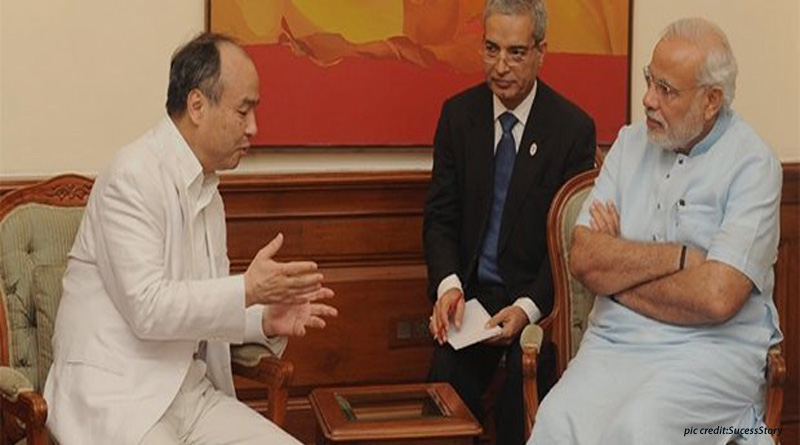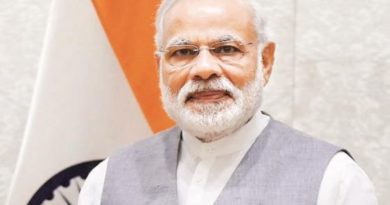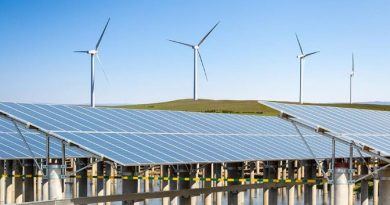Softbank’s Masa Son, China and Make in India

The stakes are truly high. On the one hand is India’s commitment to install another 90 GW of solar to meet its targets for 2022. Preferably with the benefit of domestic jobs creation by manufacturing the cells, modules and more in India too. On the other hand is the attractiveness of Chinese prices, thanks to scale efficiencies and possible overcapacity. And finally, you have the apparent ‘offer’ that Japanese investor and tech disruptor, Masayoshi Son of Softbank Group wants to make to the Indian government in a meeting expected to take place this month. Son is reported to be willing to invest close to $60 billion across the supply chain in solar to ensure Softbank’s on the next 90 GW of solar in India. Leaving the Indian Government with some very interesting options, some of which could possibly delay its goals for solar capacity too.
In April many analysts believed that global solar market would break the 100GW mark for installed capacity (some even believed it would go up to the 110GW mark) after China announced that it had installed an impressive 9.64GW worth of solar capacity. However, these predictions have had a reality check of their own after China’s National Development and Reform Commission (NDRC) and the Ministry of Finance, and National Energy Administration (NEA) announced the new “2018 Solar PV Power Generation Notice”. The notice effectively imposes a cap on new solar projects for 2018 and reduces the solar Feed-in Tariff (FiT). Furthermore, it states that there will be “no new general solar capacity planned” for 2018 except that which is specifically directed towards projects designed to lift poverty in rural areas.
While the decision is expected to slow the demand in the world’s solar market and weaken prices forcing China to ship its panels overseas, India had been projected as the biggest beneficiary of China’s solar reforms.
“Tariffs in India’s next solar auction scheduled for mid-June may fall below the 2.44 rupees per kilowatt hour record set May 17 last year,” said Sanjay Sharma, general manager at Solar Energy Corporation of India, the agency responsible for implementing India’s renewable targets.
India’s renewable power plan to install 175GW (Now apparently upgraded to almost 225 GW by the government) by 2022 is second only to China’s plan to shift to renewables. India’s maximum annual solar-cell manufacturing capacity is around 3 gigawatts while the yearly demand is 20 gigawatts, which means the remainder needs to be procured via the international market. The announcement from China could reduce the price of the modules imported by 10% from the current levels of $0.31 per watt. These cheaper prices could boost installations in India, considering India accounted for 31% of China’s overseas shipment in 2017.
“Cheaper prices may boost installations in countries that see grid parity, like India,” said Sebastian Liu, director of investor relations at JinkoSolar Holding Co., the world’s biggest solar panel maker.
For the Indian government, shaking hands on a full commitment with Softbank might mean a delay in reaching its enhanced target, a boost to its make in India plans, and more leverage vis a vis Chinese suppliers for some of the remaining projects. On the other hand, the Chinese do offer the certainty of supplies, mostly proven quality and a high certainty of meeting its original target at least. With under 5 years to go, we can all hope to see a clear direction in less than 6 months time, that’s certain.
copyright:iamrenew.com




